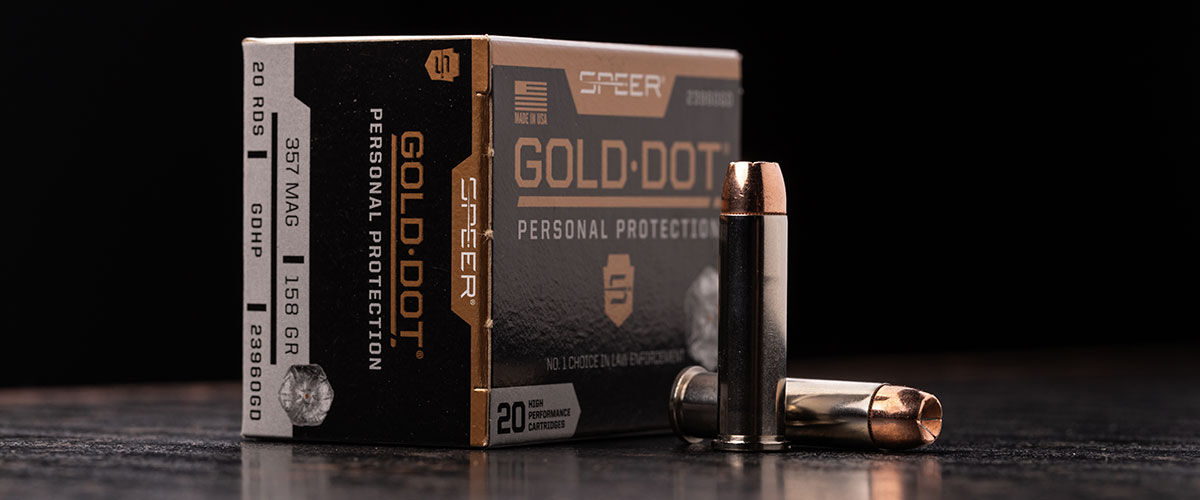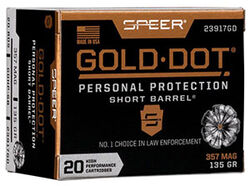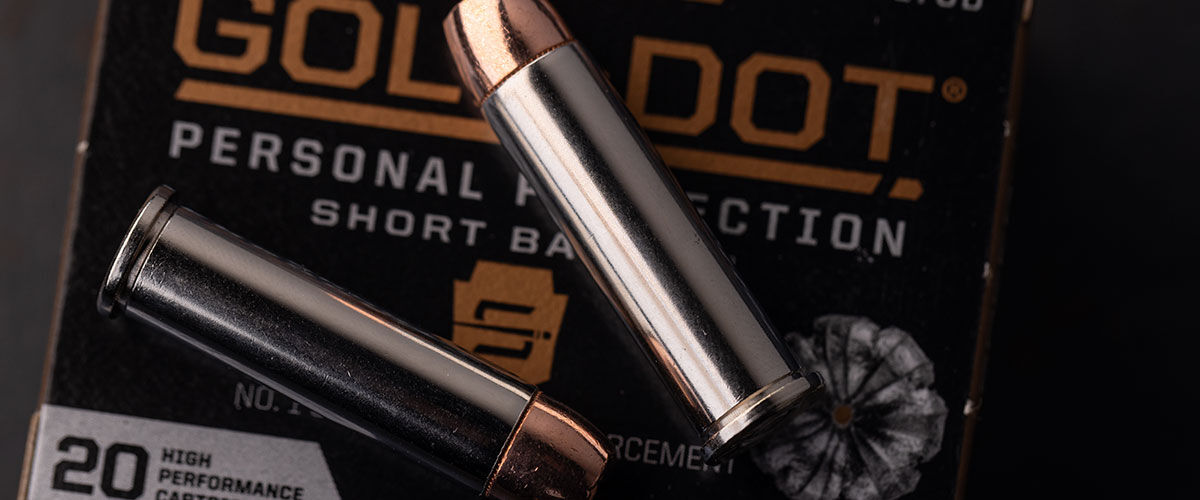
Introduced in 1935, during an era of gangsters and bootleggers, the 357 Magnum is still regarded as the No. 1 magnum revolver cartridge. In fact, it was the first to carry the moniker of magnum. Almost a century after its debut, the 357 Magnum remains incredibly popular and effective for hunting, target shooting, law enforcement and self-defense. Legendary gun writer Dick Metcalf named it the top revolver cartridge of the 20th century.
The Backstory
The 357 Magnum was designed in the mid-1930s as a response to Colt’s 38 Super Automatic, which, at that time was an almost universal police round, as it was the only pistol cartridge that could penetrate car doors and new ballistic vests criminals used as cover during shootouts with law enforcement. Working collaboratively, Phillip B. Sharpe, Douglas B. Wesson and Elmer Keith developed the 357 Magnum based on Smith & Wesson’s 38 Special.
Keith is credited for early experiments in loading the 38 Special to higher pressure levels, made possible by heavy-frame revolvers such as the 38-44 Heavy Duty and Outdoorsman, which were built on 44-caliber frames.

Gold Dot Short Barrel Personal Protection 357 Magnum 135 Grain
This stout 357 Magnum offering delivers potent protection through barrels as short as 1.9 inches while producing less felt recoil and reliable expansion and penetration.
Buy NowThis eventually pushed Smith & Wesson to develop a special revolver to handle these loads, which featured a longer case than the standard 38 Special. The resulting handgun could chamber the longer, more powerful cartridge as well as 38 Special, but 38 Special revolvers would not be able to chamber the new load.
That remains true. The 38 Special and 357 Magnum use bullets with the same diameters, but the 357 has a longer case and more powder. So, you can safely fire 38 Special through guns chambered for 357 Magnum, but not vice versa.
After its introduction, the 357 became a great success and a standard for law enforcement, even though most police organizations now use higher-capacity semi-auto pistols. Today, bullets weighing 100 to 200 grains are commonly loaded in 357 Magnum, typically producing 400 to 800 foot-pounds of force.
Better Than Ever
Like so many classic cartridges, the 357 Magnum is better today than it’s ever been thanks to the benefits of modern bullet design. Contemporary offerings like Speer’s Gold Dot and Gold Dot Short Barrel make the most of the cartridge’s available energy, expanding to optimal diameters on impact and penetrating to critical depths.

Today, Speer offers several loads in 357 Magnum: Gold Dot Short Barrel Personal Protection, 135-grain, and Gold Dot Handgun Personal Protection in 125 and 158 grain.
So, what about that magnum designation? According to Metcalf, in an interesting sidenote of ammunition history, Wesson was a connoisseur of champagne and always ordered a magnum bottle, which is slightly larger than a standard bottle.
“It seemed to him a natural extension of the term to the slightly larger than standard case of the new cartridge,” Metcalf wrote. “And so was coined one of the most enduring—and misunderstood—labels in firearms and ammunition history.”